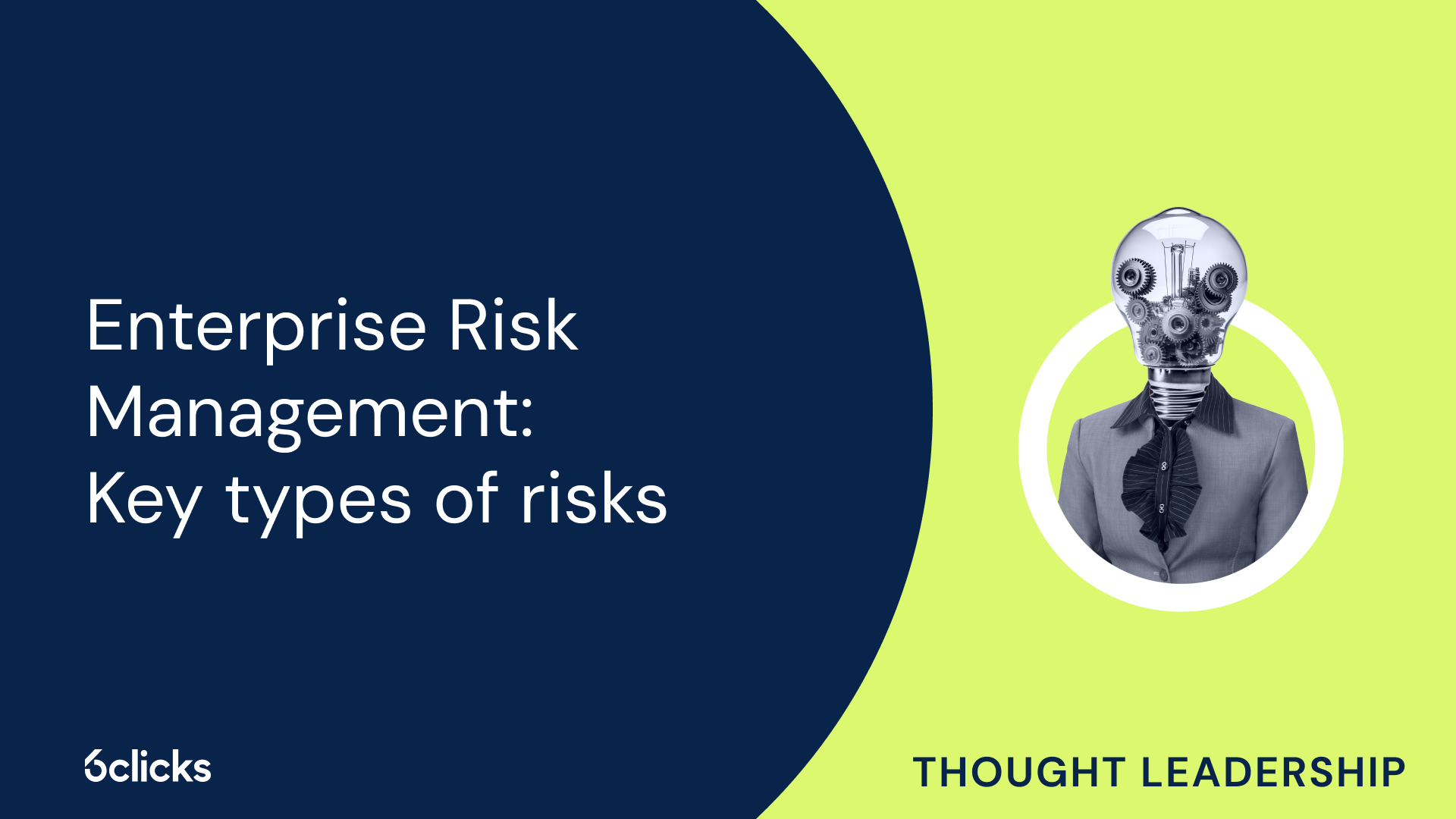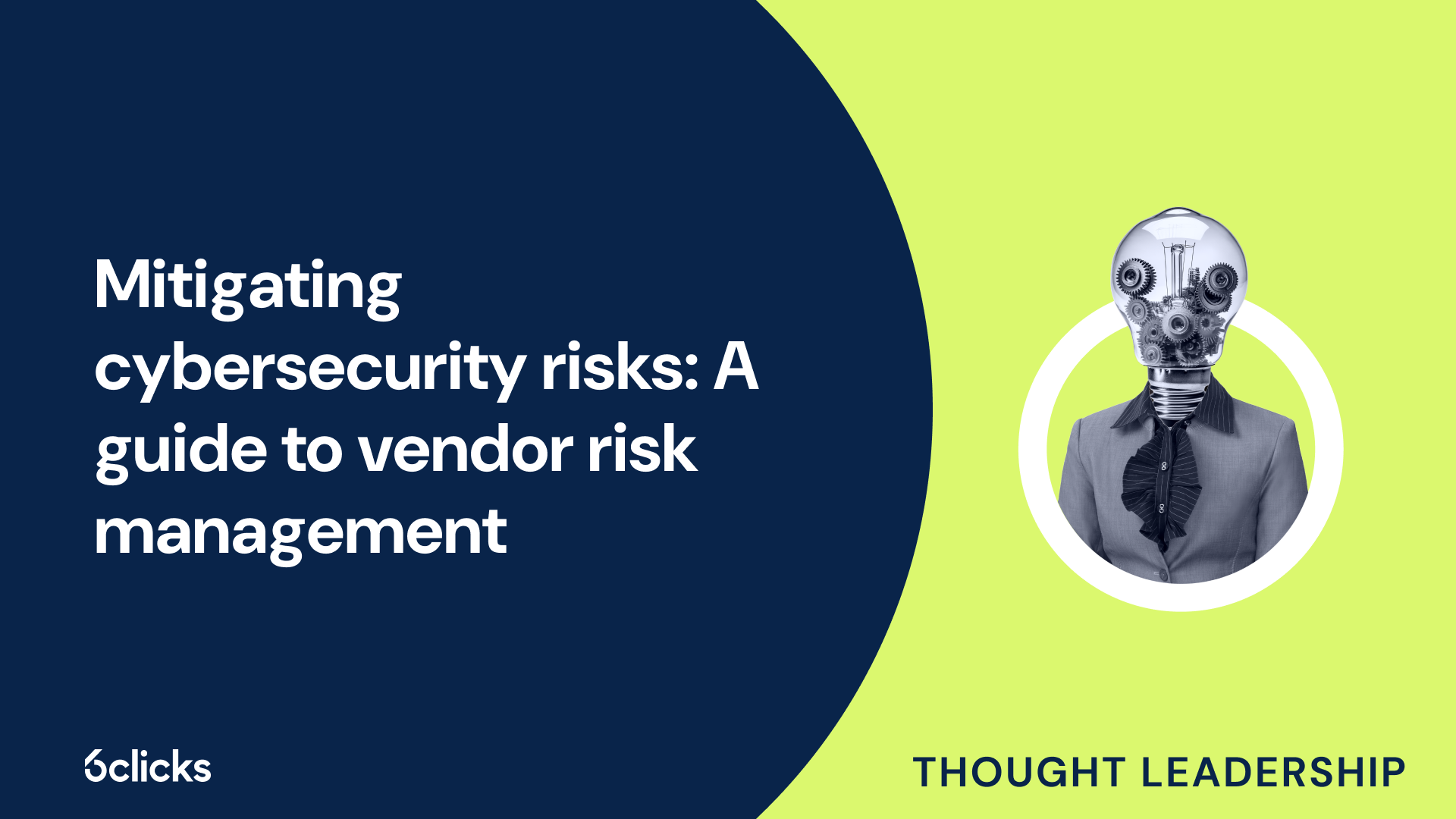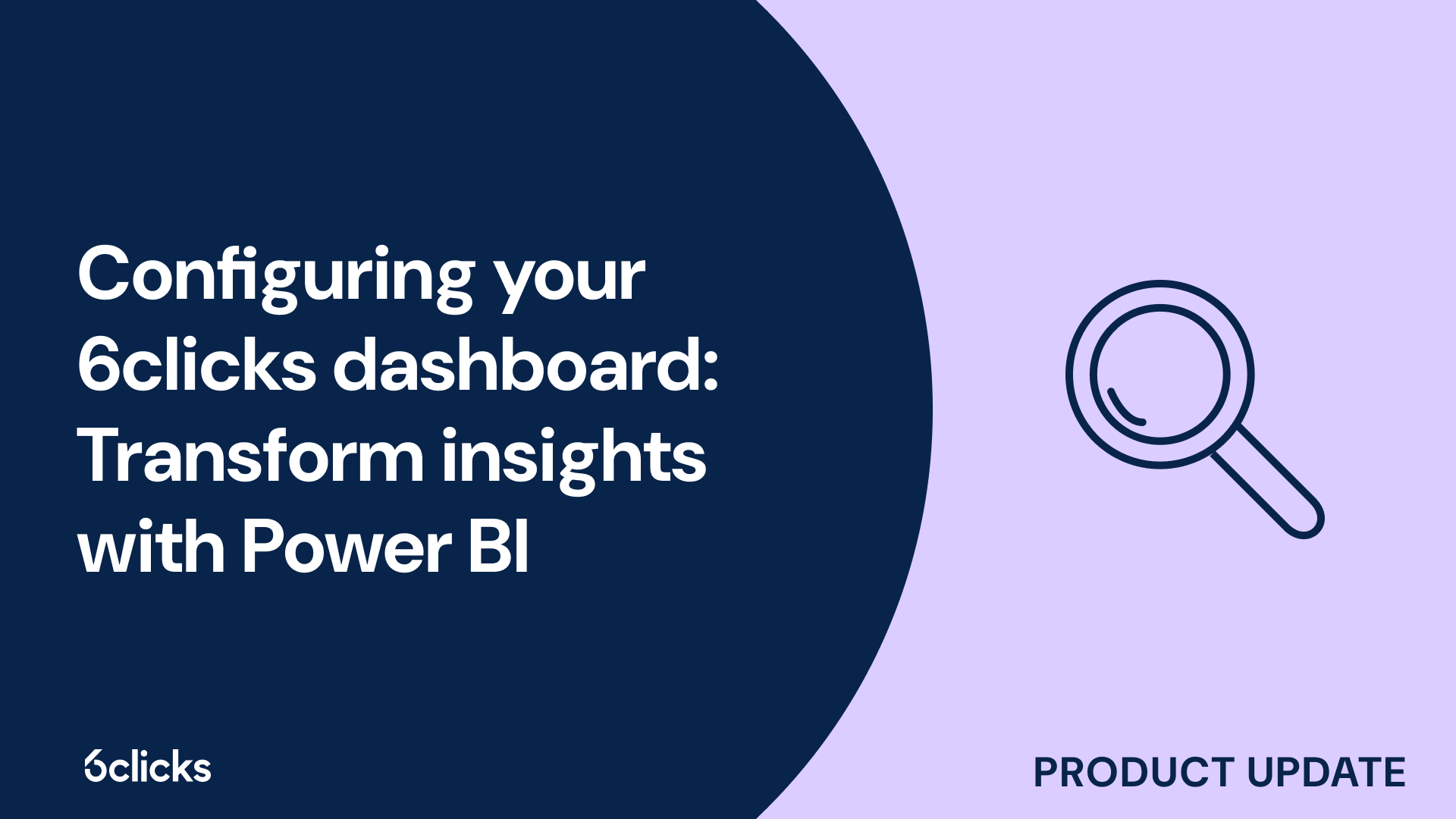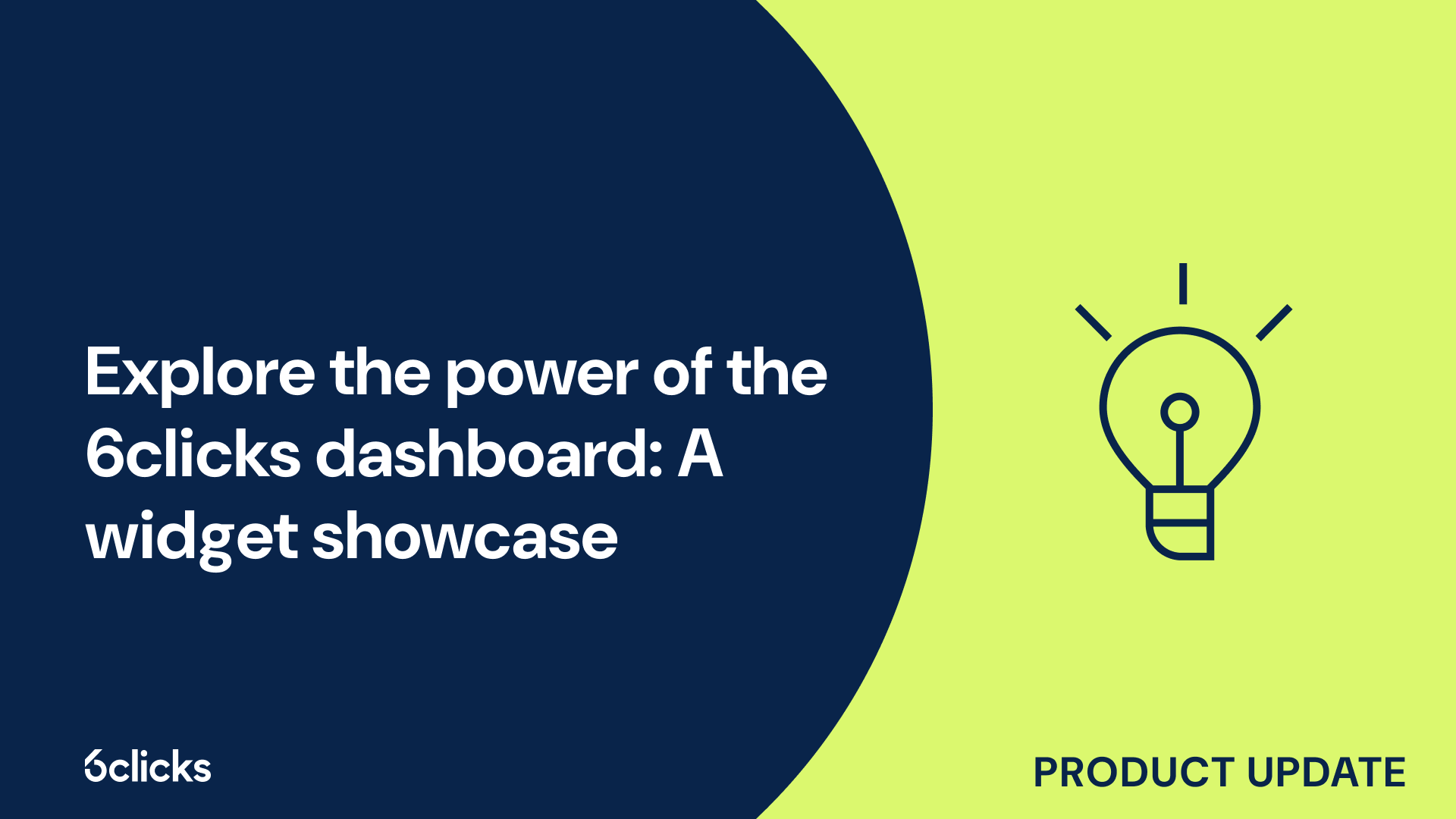What is Level 1 PCI DSS?
-1.png?width=314&height=391&name=Group%20193%20(1)-1.png)
What is Level 1 PCI DSS?
Definition of level 1 PCI DSS
Level 1 PCI DSS, or Payment Card Industry Data Security Standard, refers to the highest level of compliance that organizations must meet in order to securely process and store credit card transactions. It is a set of security standards established by major credit card companies including Visa, Mastercard, American Express, and JCB International to ensure the protection of cardholder data and prevent credit card fraud. Achieving level 1 PCI DSS compliance requires organizations to meet strict validation requirements, adhere to regular security assessments, and maintain a secure environment for cardholder data.
Level 1 PCI DSS Compliance Requirements:
Organizations aiming to achieve level 1 PCI DSS compliance must undergo a rigorous assessment process. This involves conducting annual network scans, vulnerability assessments, and penetration tests to identify any potential security risks and vulnerabilities within their systems. They must also complete an annual Report on Compliance (ROC), which requires them to demonstrate their compliance with all the relevant PCI DSS requirements.
Validation Requirements:
To validate level 1 PCI DSS compliance, organizations may need to engage the services of a Qualified Security Assessor (QSA) or utilize an Internal Security Assessor (ISA) if they have an in-house team and meet certain criteria. QSAs and ISAs are authorized by the PCI Security Standards Council to assess and validate an organization's compliance. Additionally, organizations are required to complete an annual Self-Assessment Questionnaire (SAQ) and may be subject to on-site assessments by QSA or other PCI-approved assessors.
Benefits of Level 1 PCI DSS Compliance:
Achieving level 1 PCI DSS compliance demonstrates an organization's commitment to maintaining the security of cardholder data. It helps to minimize the risk of credit card fraud and data breaches, enhancing customer trust and confidence in the organization's security measures. Furthermore, being compliant with level 1 PCI DSS requirements ensures that organizations can continue to accept and process credit card payments from major card brands, avoiding potential financial penalties and loss of business due to non-compliance.
Overview of payment card industry data security standard (PCI DSS)
The Payment Card Industry Data Security Standard (PCI DSS) is a set of security standards established by major credit card companies to ensure the protection of payment card and cardholder data. Its purpose is to provide a framework for businesses to securely process, transmit, and store credit card information, thereby reducing the risk of data breaches and credit card fraud.
PCI DSS has several key requirements and objectives. Firstly, it mandates the implementation of robust security protocols, such as maintaining secure networks and systems, using encryption to protect cardholder data, and regularly updating security software and systems. Secondly, it requires businesses to restrict access to cardholder information and ensure that only authorized individuals have access. This involves implementing strong access control measures, such as unique user IDs, regular monitoring of access, and limitations on physical access to cardholder data. Lastly, the standard emphasizes the importance of regularly testing and monitoring security systems to identify vulnerabilities, as well as having an incident response plan in place to address security incidents.
Compliance with PCI DSS is crucial for businesses to ensure the security of cardholder information. Non-compliance can result in severe consequences, including reputational damage, financial penalties, and loss of business. By adhering to the standard, businesses demonstrate their commitment to protecting customer data, instilling trust and confidence among their customers. Additionally, compliance with PCI DSS is often a requirement for partnering with major credit card companies and processors. Overall, PCI DSS plays a vital role in safeguarding payment card and cardholder data and promoting secure transactions in the payment card industry.
Requirements for level 1 PCI DSS compliance
Requirements for level 1 PCI DSS compliance are more extensive compared to lower levels of compliance. Level 1 compliance is applicable to businesses that process a high volume of credit card transactions, typically exceeding a certain threshold set by the payment card brands. To achieve level 1 compliance, businesses must undergo an annual assessment conducted by a Qualified Security Assessor (QSA) or complete an annual Self-Assessment Questionnaire (SAQ) for specific payment channels. Additionally, level 1 compliance requires businesses to perform quarterly network scans by an Approved Scanning Vendor (ASV) and submit an annual Report on Compliance (ROC) to demonstrate their compliance status. The validation requirements for level 1 compliance are stricter and more comprehensive, reflecting the need to ensure the security of a significant volume of cardholder data. It is vital for businesses at this level to have robust security systems and strict adherence to compliance requirements to protect cardholder data and minimize the risk of security breaches and credit card fraud.
Network scanning requirements
Network scanning is a crucial requirement for achieving level 1 PCI DSS compliance. Level 1 is the highest level of compliance and is applicable to businesses that process a significant volume of credit card transactions annually. To meet the network scanning requirements, businesses must regularly conduct vulnerability scanning, maintain logs of all scans, and conduct penetration testing.
Vulnerability scanning involves running automated scans on all systems and applications within the cardholder data environment. This process helps identify vulnerabilities and weaknesses that could be exploited by attackers. It is essential to keep a record of all scans along with the results to demonstrate compliance during audits.
Penetration testing goes a step further by simulating a real-world attack to assess the security of the network. This test examines the effectiveness of security controls and identifies potential vulnerabilities that may not be detected by automated scanning alone.
In addition to scanning and testing, level 1 PCI DSS compliance requires businesses to have intrusion detection and prevention tools in place. These tools actively monitor the network for any suspicious activities or unauthorized access attempts, helping to detect and prevent potential security breaches.
By fulfilling the network scanning requirements, businesses can maintain a secure environment, safeguard cardholder data, and minimize the risk of credit card fraud. Meeting these requirements is vital not only to achieve compliance but also to protect the reputation and trust of customers who entrust their payment card information.
Validation requirements
Validation requirements for level 1 PCI DSS compliance are essential for businesses that handle a high volume of credit card transactions. Companies must undergo an annual report on compliance, performed either by a qualified security assessor (QSA) or an internal security assessor (ISA). This report evaluates the business entity's security protocols, processes, and systems to ensure they meet the level 1 PCI DSS requirements.
In addition to the annual report, merchants must also undergo quarterly network scans. These scans are performed by an approved scan vendor (ASV) who assesses the business's network for vulnerabilities and weaknesses. The scans help ensure that the merchant's systems comply with the level 1 PCI DSS security standards.
To complete the validation requirements, merchants are also required to submit a completed Attestation of Compliance (AOC) form. This form is a self-assessment questionnaire that the business owner or a designated individual fills out to confirm their compliance with the PCI DSS requirements.
By adhering to these validation requirements, businesses can demonstrate their commitment to the security of cardholder data and protect against potential breaches and credit card fraud. It is important for merchants to maintain their compliance status and regularly validate their security systems to ensure a secure environment for payment card transactions.
Reporting requirements
Reporting requirements are a crucial aspect of maintaining level 1 PCI DSS compliance. In addition to implementing the necessary security measures, merchants must regularly report their compliance status to ensure the ongoing protection of cardholder data.
One key reporting requirement is the annual Report on Compliance (ROC). This comprehensive assessment is conducted by a qualified security assessor (QSA) or an internal security assessor (ISA). The QSA or ISA evaluates the merchant's adherence to the PCI DSS controls and provides an in-depth analysis. The ROC provides valuable insights into the merchant's security posture and aids in identifying any gaps or deficiencies that need to be addressed.
Another reporting requirement is the quarterly network scans performed by approved scan vendors (ASVs). These scans serve to identify any vulnerabilities or weaknesses in the merchant's network that could potentially expose cardholder data to unauthorized access. ASVs conduct detailed assessments of the merchant's systems to verify compliance with PCI DSS security standards.
To complete the reporting requirements, merchants are also required to submit a completed Attestation of Compliance (AOC) form. The AOC is a self-assessment questionnaire that the business owner or a designated individual fills out to confirm their compliance with the PCI DSS requirements. This document serves as an official statement of the merchant's compliance status.
By adhering to these reporting requirements, merchants ensure that they maintain a secure environment for cardholder data and demonstrate their commitment to protecting sensitive information. Compliance with these reporting obligations is essential to prevent security risks and maintain the trust of customers and partners.
Internal security assessors
Internal security assessors play a crucial role in the assessment and validation process of Level 1 PCI DSS compliance. These individuals are responsible for evaluating and ensuring the security of cardholder data within the organization.
The primary responsibility of internal security assessors is to conduct a comprehensive assessment of the merchant's adherence to the PCI DSS controls. They review the merchant's security policies, procedures, and technical controls to ensure they align with the PCI DSS requirements. Internal security assessors also identify any gaps or deficiencies in the merchant's security posture and provide recommendations for remediation.
To become an internal security assessor, individuals must possess specific qualifications and meet certain requirements. They must undergo training and certification provided by the PCI Security Standards Council (PCI SSC). This training equips them with the necessary knowledge and skills to assess and validate compliance with PCI DSS standards.
In addition to the certification, internal security assessors are required to have experience and expertise in information security and risk management. They must possess a deep understanding of the PCI DSS requirements and be able to apply them effectively within the organization. Internal security assessors must also stay updated with the latest security protocols, technologies, and industry best practices to provide accurate assessments.
Qualified security assessors (QSAs)
Qualified Security Assessors (QSAs) play a crucial role in ensuring Level 1 PCI DSS compliance for organizations that process high volumes of credit card transactions. They are independent third-party entities that have been certified by the PCI Security Standards Council (PCI SSC) to assess and validate a merchant's compliance with the PCI DSS requirements.
During the annual audit and assessment process, QSAs work closely with the merchant to evaluate their security systems, processes, and controls. They conduct a comprehensive review to identify any vulnerabilities or non-compliance with the PCI DSS standards. QSAs thoroughly analyze the merchant's security policies, procedures, and technical configurations to ensure they align with the requirements.
Once the assessment is complete, QSAs produce a Report on Compliance (RoC) that details the findings, including any areas of non-compliance and recommendations for remediation. The RoC serves as an official documentation of the merchant's compliance status and is used to demonstrate adherence to PCI DSS requirements.
The involvement of QSAs in the compliance process brings several benefits. Firstly, their expertise and experience in information security and risk management ensure a thorough and accurate assessment. QSAs stay updated with the latest security protocols, technologies, and industry best practices, which helps merchants enhance their security posture.
Furthermore, QSAs provide an unbiased perspective on the merchant's compliance level. As independent entities, they provide an objective evaluation of the organization's security controls, helping to identify and address any security risks or deficiencies effectively.
Benefits of adhering to level 1 PCI DSS compliance
Adhering to Level 1 PCI DSS compliance brings several benefits to merchants and organizations that handle a high volume of credit card transactions. This level of compliance, which generally applies to merchants with over 6 million Visa or Mastercard transactions per year, requires a comprehensive assessment of security systems, processes, and controls. By working closely with Qualified Security Assessors (QSAs), merchants can ensure a thorough and accurate evaluation of their security infrastructure. The involvement of QSAs brings expertise, industry knowledge, and unbiased perspectives, helping merchants enhance their security posture and effectively address any security risks or deficiencies. Adhering to Level 1 PCI DSS compliance not only helps protect the confidentiality and integrity of cardholder data but also fosters trust and confidence among customers, leading to increased customer satisfaction and reduced risk of credit card fraud.
Improved cybersecurity and data protection measures
Level 1 PCI DSS compliance is the highest level of compliance with the Payment Card Industry Data Security Standard (PCI DSS). Achieving this level requires implementing robust cybersecurity and data protection measures to ensure the secure processing, storage, and transmission of credit card information.
One of the key measures involved in achieving level 1 compliance is maintaining a consistent and ongoing security process. This includes regularly monitoring and assessing security risks, keeping systems up to date with the latest patches and security protocols, and implementing dashboards for monitoring the application system. By adopting a proactive approach to security, businesses can detect and address vulnerabilities before they are exploited by attackers.
Remaining vigilant about new fraud techniques is also crucial in establishing a well-rounded fraud prevention process. This requires continuous monitoring of payment card transactions and staying informed about the latest fraud trends and techniques. Educating employees on security best practices and conducting regular security awareness training further strengthens a company's defense against fraudulent activities.
Implementing improved cybersecurity and data protection measures is vital in protecting customers from identity theft and fraud. By safeguarding sensitive credit card information, businesses can enhance customer trust and confidence. Furthermore, these measures not only protect customers but also reduce the risk of financial losses and reputational damage caused by credit card fraud.
Increased customer confidence in payments using credit cards
Adhering to level 1 PCI DSS compliance not only ensures the security of cardholder data but also significantly enhances customer confidence in credit card payments. By implementing robust security measures and adhering to strict compliance requirements, businesses demonstrate their commitment to protecting customer information, thereby reducing the risk of account data compromise and credit card fraud.
Level 1 compliance involves comprehensive security protocols, including regular monitoring of security risks, maintaining up-to-date systems with the latest patches, and implementing strong security protocols. These measures create a secure environment for processing payment transactions, safeguarding sensitive credit card information from potential breaches.
Customers benefit from increased assurance in the security of their payment transactions when businesses are level 1 PCI DSS compliant. With their data protected by stringent security measures, customers can trust that their personal and financial information is secure during credit card transactions. This reduces the risk of their account data being compromised and used for fraudulent activities.
By instilling customer confidence in the security of credit card payments, level 1 PCI DSS compliance adds a layer of protection against credit card fraud. Customers can have peace of mind knowing that businesses are taking the necessary steps to prevent unauthorized access to cardholder data and are committed to maintaining a secure payment environment.
Reduced liability for merchants and payment processors
Achieving level 1 PCI DSS compliance not only ensures the security of customer data but also reduces liability for merchants and payment processors. By adhering to the rigorous security standards set by the Payment Card Industry Data Security Standard (PCI DSS), businesses can mitigate the risk of data breaches and the financial consequences associated with them.
Merchants and payment processors that are level 1 PCI DSS compliant are better equipped to protect sensitive credit card information from potential breaches. This reduces the likelihood of unauthorized access to cardholder data, significantly lowering the risk of data breaches. As a result, businesses are less likely to face costly lawsuits, fines, and penalties associated with data breaches and PCI DSS non-compliance.
In the event of a data breach, businesses that are not PCI DSS compliant can face significant financial consequences. They may be subject to hefty fines imposed by card brands and payment processors, which can amount to thousands or even millions of dollars. Additionally, they may incur costs related to forensic investigations, card reissuance, customer notification, and potential legal actions.
By achieving level 1 PCI DSS compliance, merchants and payment processors can greatly reduce their liability in the event of a data breach. Not only does it help protect customer data, but it also safeguards the financial well-being of businesses by minimizing the potential costs and penalties associated with data breaches and PCI DSS non-compliance fees.
Challenges associated with achieving level 1 PCI DSS compliance
Achieving level 1 PCI DSS compliance can be a challenging and complex endeavor for businesses. It requires not only a thorough understanding of the PCI DSS requirements but also the implementation of robust security measures and continuous monitoring to ensure ongoing compliance. One of the challenges businesses face is the need to invest in secure technology infrastructure and systems that can protect cardholder data. This includes implementing appropriate access controls, maintaining a secure network environment, and regularly conducting vulnerability scans and penetration tests.
Another challenge is the requirement for businesses to undergo annual on-site assessments by a qualified security assessor (QSA) or an internal security assessor (ISA). These assessments are conducted to validate compliance and can be time-consuming and resource-intensive. Additionally, businesses must complete an annual report on compliance (ROC) or an annual self-assessment questionnaire (SAQ) to demonstrate their compliance status.
Another challenge is the need for businesses to stay updated on the evolving PCI DSS requirements and any changes or enhancements to the standards. This requires ongoing efforts to educate and train employees, establish security policies and procedures, and maintain a culture of compliance within the organization. Furthermore, businesses must ensure that their service providers also adhere to the PCI DSS requirements, as any vulnerabilities in these relationships can pose significant risks to the security of cardholder data.
Costly implementations and ongoing maintenance fees
Achieving level 1 PCI DSS compliance comes with significant costs and ongoing maintenance fees for businesses. The implementation costs alone can range from $4,000 to $40,000, depending on the complexity of the business's cardholder data environment. These costs include necessary network security upgrades to protect cardholder data, such as the installation of firewalls, encryption, and intrusion detection systems.
In addition to the initial implementation costs, businesses must also allocate funds for ongoing maintenance fees, which can range from $18,000 to $80,000 annually. These fees cover various components, including employee security training to ensure that all staff members are knowledgeable about PCI DSS requirements and best practices for handling cardholder data securely.
Furthermore, businesses are required to conduct quarterly external vulnerability scans by an Approved Scanning Vendor (ASV), which incur additional costs. These scans are crucial for identifying any vulnerabilities in the network and addressing them promptly.
To ensure ongoing compliance and the security of cardholder data, businesses must also conduct annual penetration testing. This involves simulating real-world attacks to test the effectiveness of security systems and identify any weaknesses that could potentially be exploited. The costs associated with these assessments can be significant and should be factored into the overall budget for achieving and maintaining level 1 PCI DSS compliance.
Time-consuming processes involved with meeting the necessary requirements
Meeting the necessary requirements for level 1 PCI DSS compliance involves several time-consuming processes. To start, businesses need to conduct a comprehensive gap analysis to identify any areas where their current security controls fall short of the PCI DSS requirements. This analysis requires a thorough examination of the organization's current security systems, policies, and procedures.
Once the gaps have been identified, businesses need to assign a dedicated program or project manager to oversee the compliance efforts. This person is responsible for coordinating the various activities and ensuring that the project stays on track.
Next, the organization needs to align the compliance project effort with project management best practices. This includes developing a detailed project plan, setting clear milestones and deadlines, and establishing mechanisms for tracking progress.
Preparation and implementation are also time-consuming processes. This involves implementing various components such as network security measures, data encryption, antivirus software, and employee security training. These activities require careful planning and coordination to ensure that all necessary security measures are properly implemented and integrated into the organization's existing systems and processes.
Additionally, businesses are required to conduct regular external vulnerability scans by an ASV and annual penetration testing to assess the effectiveness of their security systems. These activities involve time and effort to coordinate and analyze the results, as well as address any vulnerabilities that are discovered.







